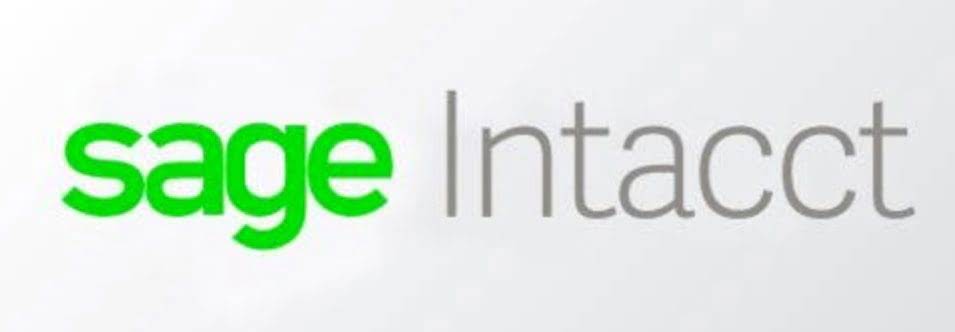
Many companies require certain subscription services to be able to do the job, including word processing software, periodic publications, industry-related courses, and other related expenses. You can claim deductions on these types of subscriptions, so long as you can prove they’re necessary for your work. The following are some of the other miscellaneous expenses you can legally claim as a business owner to reduce the total amount you owe on your tax return. The IRS has several publications on what is and is not allowed to be included in the miscellaneous category, and how to itemize your deductions to make tax season run smoothly.
- In short, these are all the miscellaneous business expenses you can use for tax deductions that aren’t found elsewhere on your tax forms.
- These expenses are crucial for ensuring compliance with regulatory requirements, handling litigation matters, and obtaining professional advice for strategic decision-making.
- For instance, things like office supplies or parking fees for business trips might reduce your taxable income.
- While these expenses can enhance the workplace, they are optional and can be adjusted.
- Clear can also help you in getting your business registered for Goods & Services Tax Law.
- With BILL Spend & Expense, you can have more control over your budgets and gain visibility into transactions as they occur.
Bank and Payment Processing Fees

As you track and categorize these costs, their impact on your overall financial health becomes clearer. Let’s see how these expenses ultimately miscellaneous expenses influence key decisions that shape the future of your business. Understanding the nature of miscellaneous expenses is important because they may seem insignificant individually but can collectively impact the financial health of your business. Let’s see how these expenses play a key role in your overall financial strategy.
Miscellaneous expenses in accounting
Self-employed individuals and certain salaried employees can claim back the normal balance cost of home office supplies on their income returns. Due to the COVID-19 pandemic, the guidelines for claiming home office expenses have changed in most countries as more people are now working from home. Check IRS regulations for more information on what can be claimed as a home office expense.

AUD CPA Practice Questions: Recognizing the Impact of Significant Accounting Estimates
- With its intuitive interface and robust features, Pazy simplifies the process, enabling companies to focus on growth while maintaining accurate financial records.
- This category is given its own aggregated line on an income statement account for clear and concise tax return filing purposes.
- Reservists who travel more than 100 miles away from home for duty can deduct travel-related expenses, including lodging, meals, mileage, parking fees, and tolls.
- Necessary tools that cost more than a few hundred dollars and last longer than one year are generally considered capital expenses and must be considered for depreciation instead.
- Proper accounting ensures these expenses are well-documented and don’t disrupt financial reports or tax filings.
- Cutting back on these costs frees up money for important activities, like marketing or upgrading products.
These expenses often include airfare, accommodation, meals, and transportation. Their impact on company expenditure can be significant, especially for businesses with frequent travel requirements. Therefore, maintaining accurate financial records is crucial for monitoring and controlling these costs. Failure to do so can lead to budget overruns and inaccurate financial reporting. This ensures that the recording process aligns with regulatory requirements and enables accurate financial reporting. Keeping detailed records of all business expenses, including receipts and invoices, is crucial for tax purposes.
How Josh Decided It Was Time to Finish His CPA
Moreover, https://www.bookstime.com/ monitoring miscellaneous expenses supports informed financial decision-making and cost optimization. Without proper oversight, these seemingly minor expenditures can create discrepancies in financial reports, leading to inaccurate forecasting and cash flow issues. Implementing a structured tracking system enhances accountability, improves financial planning, and strengthens the foundation for long-term business stability. Running a small business is like balancing numerous key elements where every decision and every expense matters. Among these costs, miscellaneous expenses are often overlooked yet can accumulate over time, affecting cash flow and profitability.
- An exception applies if you maintain a home office – in that case, deductibility rules are more flexible.
- Even though miscellaneous expenses tend to be smaller, more minor purchases by nature, they can still add up and detract from a business’s profitability.
- To maximize deductions and ensure full reimbursement, keep a detailed record of all costs.
- These expenses are not directly related to the production of goods or services but are necessary for the business to operate.
- We take this to the next level with expense categorization, which provides a detailed breakdown of your expenditures and enables you to identify areas where you may be overspending.
- To begin, we will provide a clear definition of what miscellaneous expenses entail in the accounting context, accompanied by real-world examples to illustrate their practical application.
Regularly review miscellaneous expense data to look for trends and find ways to optimize spend for better profitability. Any employees with permission to use the business credit card or have their own assigned P-card should be instructed to do this as well. This might include flame-resistant clothing, steel-toed boots, mechanic coveralls, costuming, or scrubs. In general, suits, formalwear, and other office attire are not included, as you could wear them elsewhere in your day-to-day life. Necessary tools that cost more than a few hundred dollars and last longer than one year are generally considered capital expenses and must be considered for depreciation instead.

Therefore, while preparing the balance sheet, XYZ company classifies Rs. 10,000 under miscellaneous expenses. Schedule A (Form 1040) is for itemized deductions, including some unreimbursed employee expenses and other deductible miscellaneous expenses. Itemized deductions are generally used when the total deductible exceeds the standard deduction. Discretionary expenses vary from business to business, but some costs frequently fall into this category.
